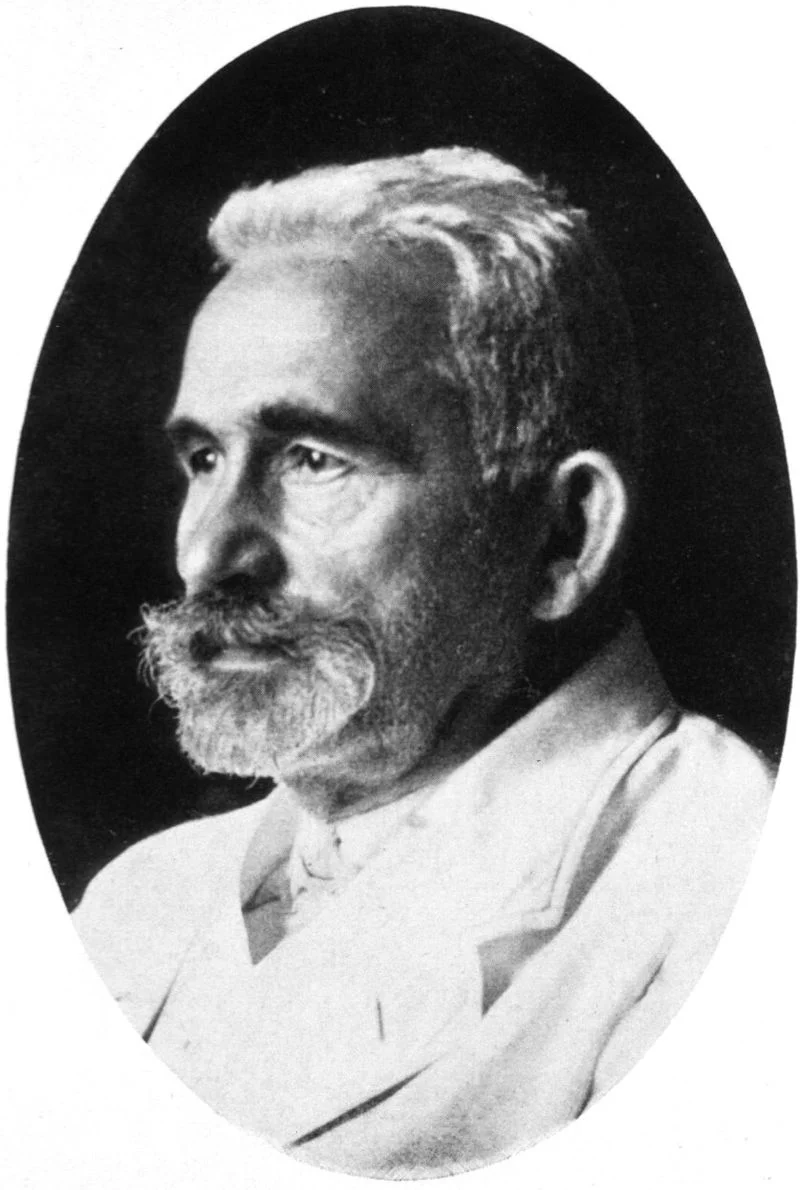Short Summary
Alfred Wegener was a renowned German meteorologist and geophysicist best known for his groundbreaking theory of continental drift. His hypothesis, which proposed that continents had once been joined and later drifted apart, laid the foundation for the modern understanding of plate tectonics. Despite initial skepticism, his ideas eventually transformed the field of geology. Wegener's contributions to meteorology and polar research also marked him as a versatile scientist dedicated to understanding Earth's dynamic processes.
Early Life & Education
Born on November 1, 1880, in Berlin, Germany, Alfred Wegener was the youngest of five children in a family with academic inclinations; his father was a theologian and teacher. From an early age, he exhibited a keen interest in the natural sciences. Wegener pursued higher education at the University of Berlin, where he studied physics, meteorology, and astronomy, earning his doctorate in 1905. His early interest in polar exploration and meteorology laid the groundwork for his later scientific endeavors, including his influential work on continental drift.
Career Highlights
Wegener's career was marked by significant achievements in polar research and meteorology. In 1906, he participated in a Danish expedition to Greenland, where he honed his skills in meteorology and geophysics. He later served as a lecturer at the University of Marburg, where he developed his continental drift theory. Wegener's most notable publication, "The Origin of Continents and Oceans," was released in 1915, detailing his revolutionary ideas. Despite initial criticism and skepticism, his work eventually gained recognition, influencing the development of the plate tectonics theory in the mid-20th century.
Major Achievements
- Proposed the theory of continental drift, suggesting continents were once joined and have drifted apart over time.
- Contributed significantly to polar research through expeditions and studies on Greenland's ice cap.
- Published influential works on meteorology, including research on the atmosphere and climate.
Famous Quotes
- "The continents are in motion, and the Earth is not static, but dynamic."
- "Scientists still do not appear to understand sufficiently that all earth sciences must contribute evidence toward unveiling the state of our planet in earlier times."
Interesting Facts
- Wegener was also a balloonist and set a world record in 1906 for the longest continuous balloon flight of 52.5 hours.
- His theory of continental drift was initially rejected by many geologists due to a lack of a convincing mechanism.
- Wegener died in 1930 during an expedition in Greenland, and his body was not discovered until the following year.
Legacy / Influence
Alfred Wegener's theory of continental drift has had a profound impact on the field of geology, fundamentally changing how scientists understand the Earth's structure and geological history. His ideas paved the way for the development of the plate tectonics theory, which is now a cornerstone of modern geology. Wegener's interdisciplinary approach and innovative thinking continue to inspire scientists across various fields.
FAQ
Q: Why is Alfred Wegener famous?
A: Because of his proposal of the continental drift theory, which laid the groundwork for the theory of plate tectonics.
Q: What was Alfred Wegener's profession?
A: He was a meteorologist and geophysicist.
Q: What was one of Alfred Wegener's notable publications?
A: "The Origin of Continents and Oceans," published in 1915.











